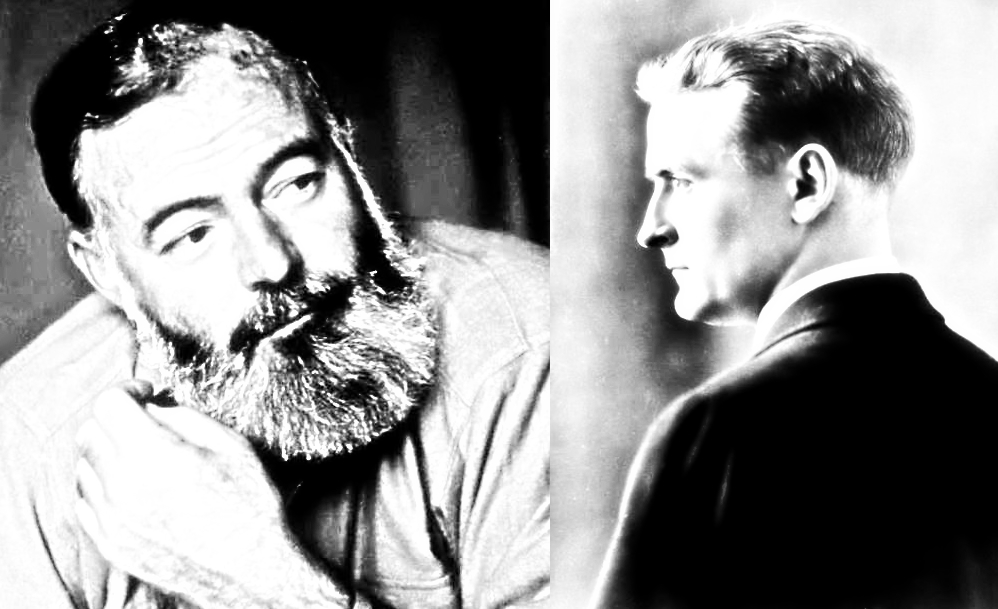We’ve all heard our friends and family write off artistic criticism as, “Well, all art’s subjective,” and that’s all well and good, but it seems to downplay the important aspects of criticism. The last two posts looked at New Criticism and New Historicism, which, essentially, act as two ways humans can gain more knowledge from a piece of literature through examination—and that should be important!
But, let’s look at the definition of subjectivity and objectivity and see if we can pull out our own understanding of the two terms and why art is typically written off as “subjective.”
What is subjectivity?
According to some sources, “subjective” art is, “an interpretation of the artist, his mood, his feeling, his dream, his passion, his vision; it is a state of mind” (karmadude.com). This definition makes sense when one ultimately argues that art is “subjective” but it’s definitely more artist-focused rather than the argument we typically see, which is more “everybody sees art differently so it should be free from criticism,” rather than “the artist can create however they want because they are the artist.”
As defined by thefreedictionary.com, subjectivity is, “Dependent on or taking place in a person’s mind rather than the external world,” and, “based on a given person’s experience, understanding, and feelings; personal or individual.”
So, while there does some to be an “individualistic” approach to subjectivity, it is also up to the individual’s interpretation of the artistic work.
What is objectivity?
Interestingly enough, if we look at one of the same sources we pulled “subjectivity” from, we can see that it stands in contrast: “Objective art, meanwhile, is beyond the creator; it can be seen, felt, heard, dreamt, by anyone who comes into contact with it” (karmadude.com). Here, we have a more audience-focused interpretation, which gives us a sense that a group of people interpreting an art piece gives it a certain amount of objectivity (to each their own).
Furthermore, dictionary.com defines “Objectivity” as: “being the object or goal of one’s efforts or actions,” and “not influenced by personal feelings, interpretations, or prejudice; base on facts; unbiased.”
Here, we can see that the audience and the individual must remove themselves from their own feelings when viewing an art piece to attain a different understanding.
Why both matter
Essentially, this matters because it makes sense to look at an art piece with both an objective and subjective eye. In one instance—a subjective one—you can interpret a piece of art with your own history and understanding of the world (you do it when you read a book and imagine the setting and the characters), and in another instance, it’s important to remove those feelings to interpret a text for what it means to the author or the time period, or for what the book means structurally.
Neither is right or wrong, good or bad, but it’s still silly to me when I hear, “Art is subjective!” as an argument for it being beyond critical reproach because as a society we need to critically examine the things an artist produces to have a greater understanding of ourselves, our histories, and where we are headed.
Works Cited
https://www.dictionary.com/browse/objective
https://www.thefreedictionary.com/subjectivity
www.karmadude.com







